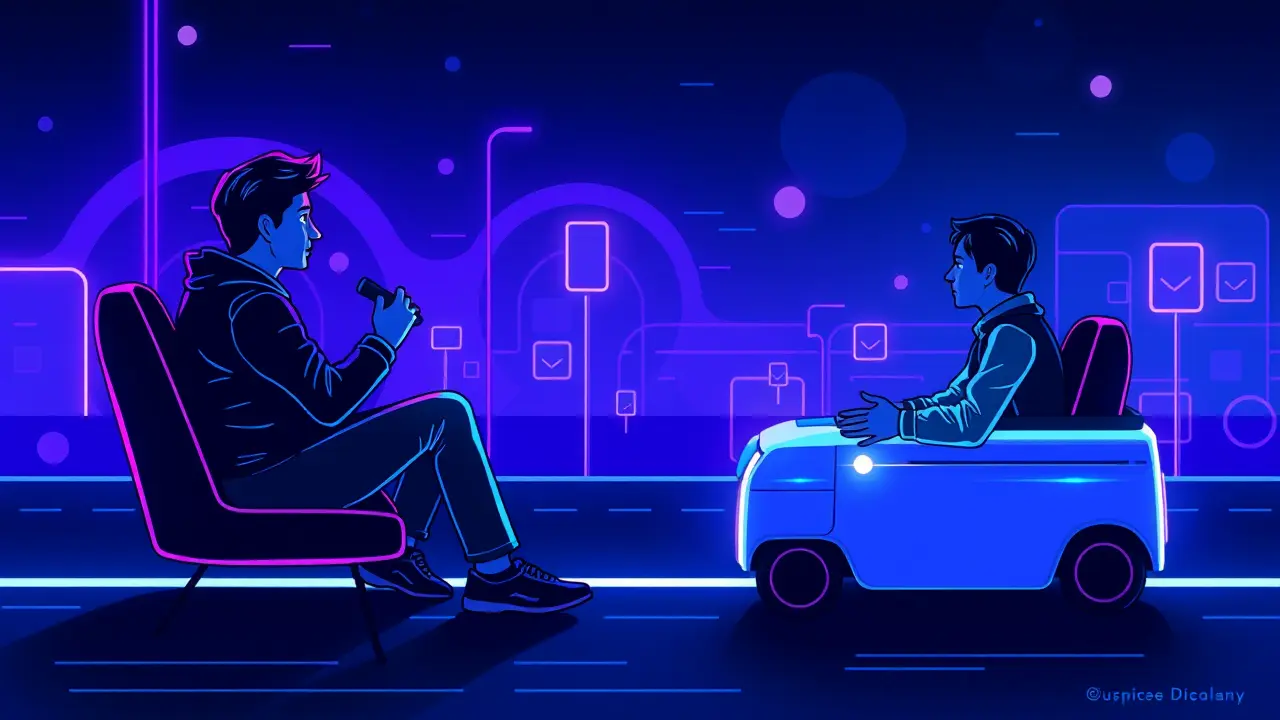AI's Impact on Future Mobility Discussed at TechCrunch Disrupt
The conversation unfolding at TechCrunch Disrupt between Uber’s Sachin Kansal and Nuro’s Dave Ferguson wasn't merely a tech talk; it was a profound deliberation on the societal recalibration required as artificial intelligence seizes the steering wheel of our mobility. From the algorithmic orchestration of ride-hailing at a global scale to the quiet, deliberate navigation of autonomous delivery bots on suburban sidewalks, we are witnessing a foundational shift in the very ontology of movement, a transition as significant as the jump from horse-drawn carriages to the Model T.The core challenge, as Ferguson articulated, lies in deploying these intelligent systems into the gloriously chaotic and unpredictable theater of the real world, a domain where traffic cones appear like mushrooms after rain and a child’s ball can roll into the street with zero warning. This is the grand puzzle of our time: creating machines that don't just follow a pre-programmed map but possess a form of contextual, ethical reasoning, a capability that echoes Isaac Asimov’s prescient Three Laws of Robotics, now being stress-tested on asphalt rather than in science fiction.Kansal’s perspective from Uber’s command center highlights the immense data advantage, where millions of daily trips feed a learning loop that optimizes everything from ETA predictions to dynamic pricing, yet this very scale introduces formidable policy questions around data privacy, algorithmic bias, and the concentration of infrastructural power in a few corporate hands. The next decade, therefore, won't just be defined by technological breakthroughs in lidar resolution or neural network efficiency, but by the intricate dance between innovation and regulation, between the relentless drive of Silicon Valley and the cautious, necessary oversight of public institutions.We are heading toward a mixed-use mobility ecosystem, a symphony of human-driven, semi-autonomous, and fully autonomous vehicles sharing the same road, a complex integration that demands a radical rethinking of urban planning, traffic law, and even automotive insurance. The ethical dilemmas are equally stark: how does an AI prioritize safety in an unavoidable accident scenario? What are the liability frameworks when a machine, not a person, is at the wheel? The potential rewards are staggering—a dramatic reduction in the 1.35 million annual global traffic fatalities, a reclamation of urban space currently devoted to parking, and a democratization of transportation for the elderly and disabled—but they are shadowed by risks of widespread job displacement for professional drivers and the existential threat of ceding too much control to opaque, black-box algorithms. The dialogue at Disrupt was a microcosm of this larger, global conversation, a necessary and urgent examination of how we navigate this fork in the road, ensuring that the future of mobility is not just smarter and faster, but also safer, more equitable, and fundamentally human-centric in its design and governance.
It’s quiet here...Start the conversation by leaving the first comment.
© 2025 Outpoll Service LTD. All rights reserved.
